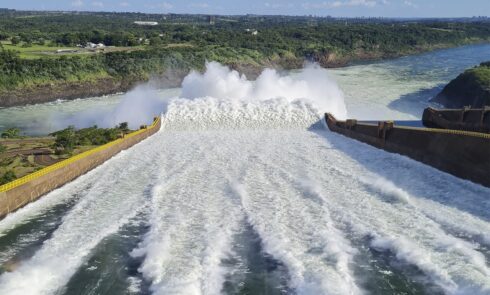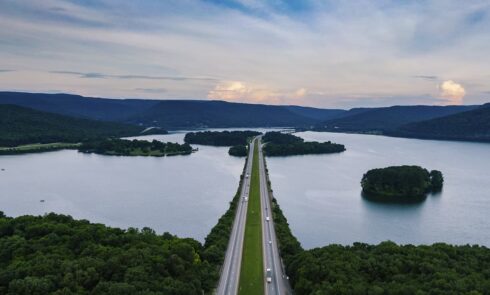The Great Lakes of Iowa, often called the Okoboji, are a group of natural lakes in northwestern Iowa in the United States. There are seven lakes in the region with a total area of 12,687 acres (5134 ha) with three major lakes in the group: Big Spirit Lake, West Okoboji, and East Okoboji. These are the largest natural lakes in Iowa. The largest, Spirit Lake, covers 5684 acres (2300 ha). The lake area extends north into Jackson County, Minnesota. The headwaters of the Little Sioux River flow past the western side of the lake.
History
The area around the Great Lakes of Iowa was not known as a permanent Sioux settlement, but rather as a place for recreation or hunting. When settlers arrived around 1856, it led to conflicts and eventually the Spirit Lake Massacre in 1857.
After the massacre, European settlers slowly returned, and by 1900, nearly 8,000 people lived in the area. The Iowa Great Lakes Sanitary District was created in 1939 to protect the lakes from pollution and sanitary problems. Similarly, the Iowa Great Lakes Association was created in 2008 when the waters were threatened by large-scale industrial agricultural development.
Geography
The Great Lakes region of Iowa formed 13,500 years ago along the southwestern edge of the Des Moines Ice Sheet as it pushed south into Iowa. The deepest part of the lake is 136 feet (41 m) in western Lake Okoboji.
The Great Lakes of Iowa are located in the Spirit Lake micropolitan area, and the cities of Spirit Lake and Milford are located within the lake.


